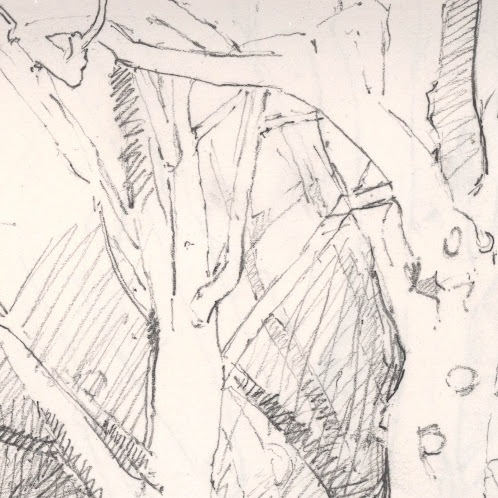James Brown
“Waters of Kiu”
(Malaita, Solomon Islands), 1989
Oil and pastel
on canvas
Size: 86.3 x 91.7
cm
Nearly forty
years ago, I embarked on a remarkable painting expedition to an isolated
village near Oibola in Malaita, accompanied by a wonderful friend and talented
student, Anita Zerner. In those adventurous days, I relished the opportunity to
dive into the unknown, serving as Anita’s chaperone during our weeklong stay
with a local family. This experience would become one of my most memorable.
Our adventure
began aboard the local overnight ferry, where we found ourselves nestled below
deck among a sea of bodies, desperately trying to catch some sleep amidst the
chaos. The cramped conditions were somewhat disconcerting, yet filled with the
excitement of what lay ahead. On the night of our arrival, I was invited by a
family member to travel with him in a dugout canoe equipped with an outboard
motor to fetch supplies. Eager to share this experience with Anita, I suggested
she come along, only to be met with a hushed “no” and the warning that it was
too dangerous—we could easily hit a submerged log while navigating by
moonlight. They lowered their heads at the thought, leaving me to ponder my own
insecurities; although I could float, I was not a proficient swimmer.
This painting is set in the local lagoon, where coral can be seen through the crystalline water. The family we stayed with had been painstakingly collecting stones and coral from the water for generations to create their own small island—an incredible project that filled me with admiration. This little island became my painting paradise, a tranquil haven far removed from the busyness of everyday life, enveloped in the soft sounds of nature. It was here that I found inspiration, like a modern-day Robinson Crusoe (at least in my own mind).


























































